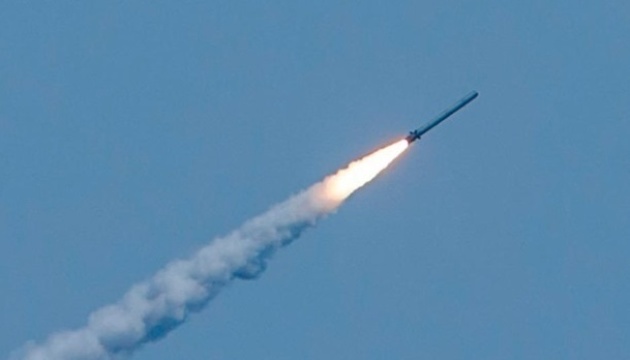
Deployment of Oreshnik missiles to Belarus not to increase risks of strikes on Ukraine, NATO countries – ISW
According to Ukrinform, this was stated in a report by the Institute for the Study of War (ISW).
The report notes that Russian leader Vladimir Putin once again attempted to showcase the Oreshnik missile and Russia's missile capabilities during the Union State Supreme State Council meeting. Additionally, Russian Foreign Minister Sergey Lavrov similarly attempted to frame the Oreshnik strike on Dnipro on November 21 as Russia's readiness to use any means to prevent the West from strategically defeating Russia in an interview with an American media personality on December 5.
"ISW continues to assess that the Kremlin's constant flaunting of the Oreshnik missile is unlikely to presage the development of particularly novel Russian deep-strike capabilities," the report states.
Analysts observe that Russia's deployment of Oreshnik missiles to Belarus does not significantly change the threat to Ukraine or NATO given that the Russian military has long had nuclear weapons in mainland Russia and the enclave of Kaliningrad capable of striking targets in Ukraine and NATO. Russian forces fire nuclear-capable Iskander ballistic missiles, Kinzhal hypersonic ballistic missiles, and nuclear-capable Kh-101 cruise missiles against Ukraine on a regular basis, the ISW added.
As reported by Ukrinform, on December 6, following the signing of a security guarantees agreement for the Union State of Belarus and Russia in Minsk, Alexander Lukashenko asked Vladimir Putin to deploy new weapon systems in Belarus, including the Oreshnik.




